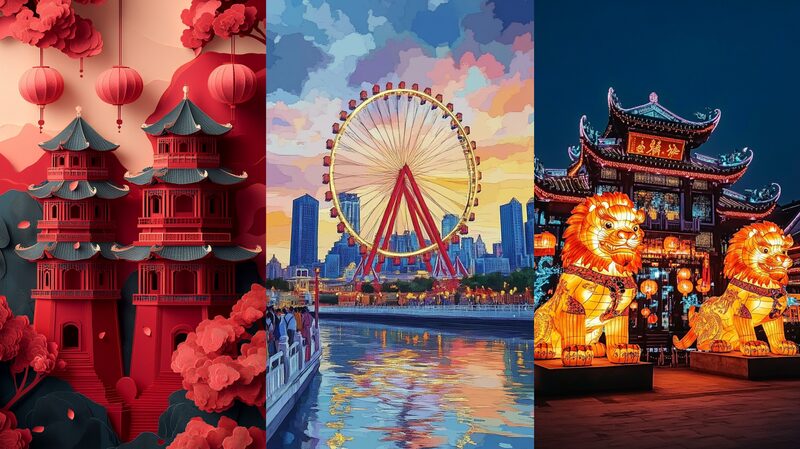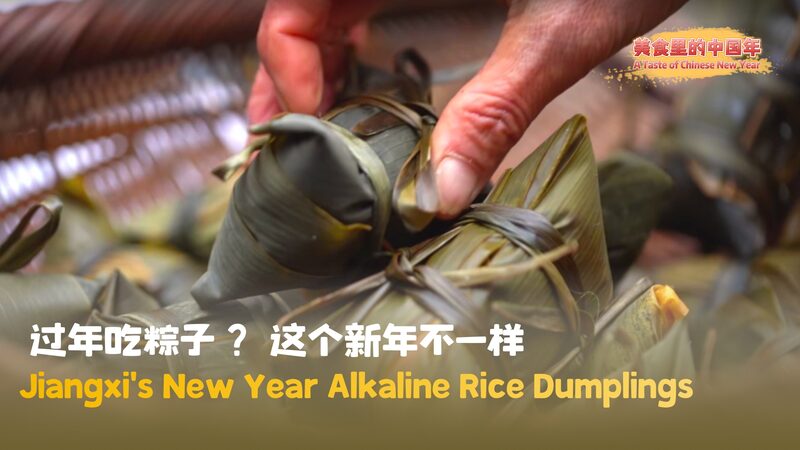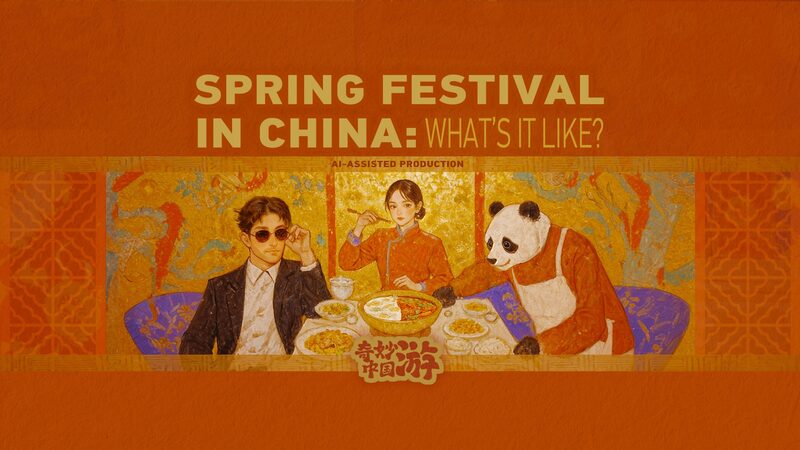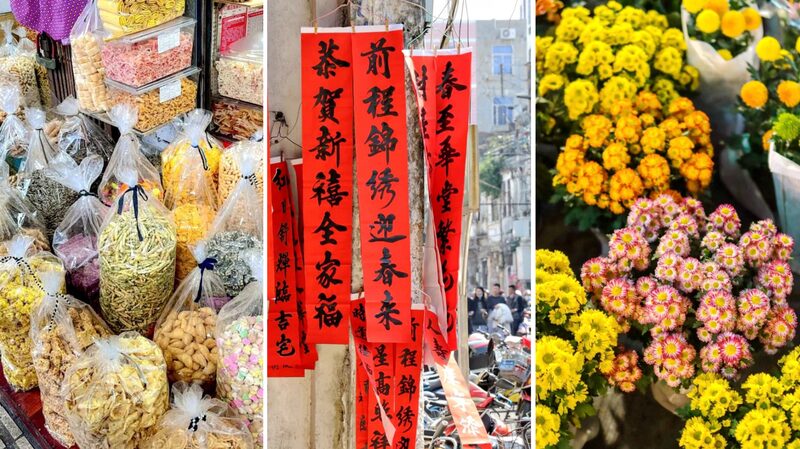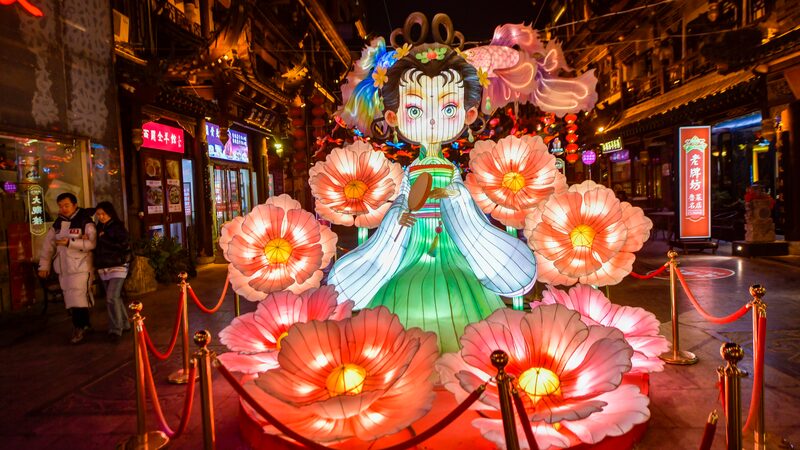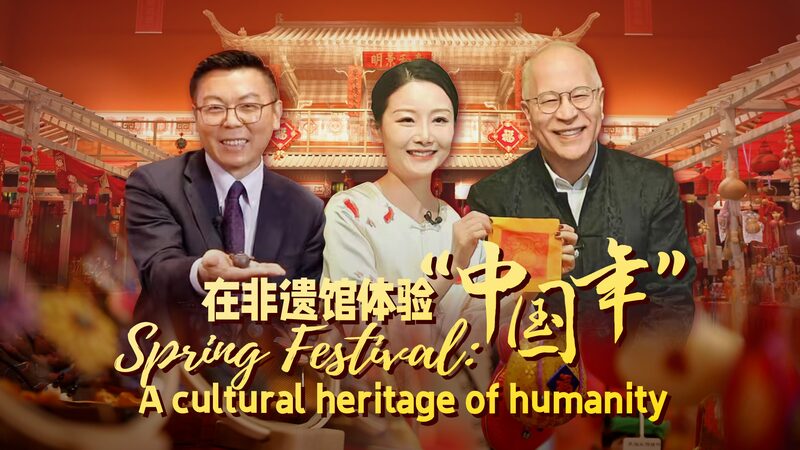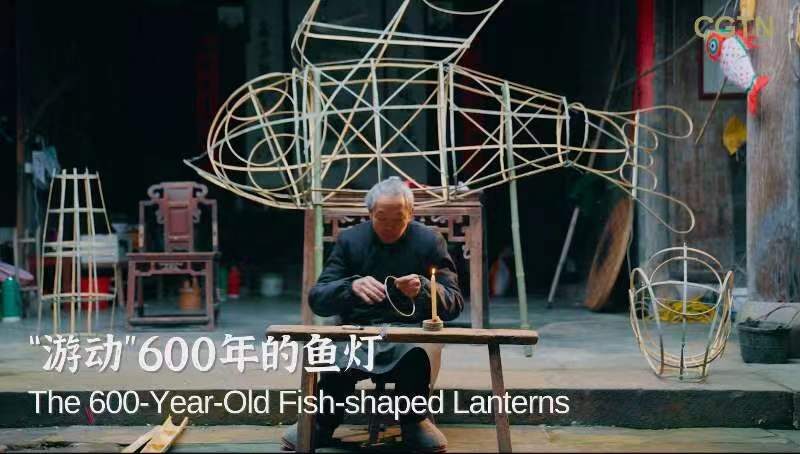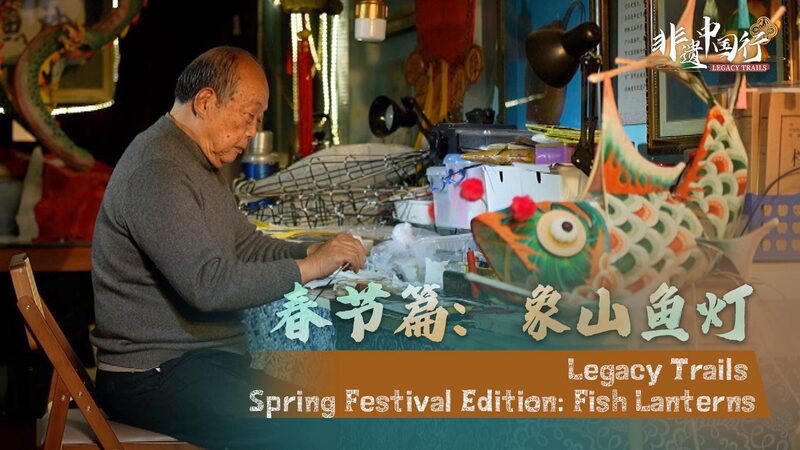Lighting firecrackers, hanging lanterns and couplets, and eating dumplings; these are just some of the traditional celebrations of the most important event on the calendar for Chinese people worldwide—Spring Festival, or the Chinese New Year.
In December, these practices and traditions of celebrating the New Year received even greater recognition when UNESCO added them to its list of Intangible Cultural Heritage of Humanity.
For many Chinese, Spring Festival is more than just a time for festive reunions and celebrations. It represents cultural continuity and embodies an intangible heritage that has endured for centuries.
During this celebration, unique traditions like paper-cutting, New Year woodblock prints, and lantern shows take center stage, showcasing the richness of Chinese culture.
1. Paper-Cutting Tradition
One of the most cherished folk arts during Spring Festival is paper-cutting. Artisans create intricate designs by cutting red paper into various shapes and patterns, often symbolizing good luck and prosperity. These paper cuts are used to decorate windows and doors, adding a festive atmosphere to homes and public spaces.
2. New Year Woodblock Prints
New Year woodblock prints are another traditional art form associated with the Spring Festival. These vibrant prints feature images of deities, legendary figures, and auspicious symbols, believed to ward off evil spirits and bring blessings for the year ahead. Families adorn their homes with these prints to express hopes for happiness and good fortune.
3. Lantern Shows
Lantern shows illuminate the nights during the Spring Festival, featuring lanterns of various sizes and shapes, crafted with exquisite artistry. Lantern festivals mark the culmination of the Spring Festival, where people gather to appreciate the dazzling displays, solve riddles written on lanterns, and enjoy performances.
The inclusion of these traditions in UNESCO’s Intangible Cultural Heritage list not only recognizes their historical and cultural significance but also encourages their preservation for future generations. As the world becomes increasingly interconnected, celebrating and safeguarding such intangible cultural heritages contributes to global cultural diversity and mutual understanding.
Reference(s):
cgtn.com
